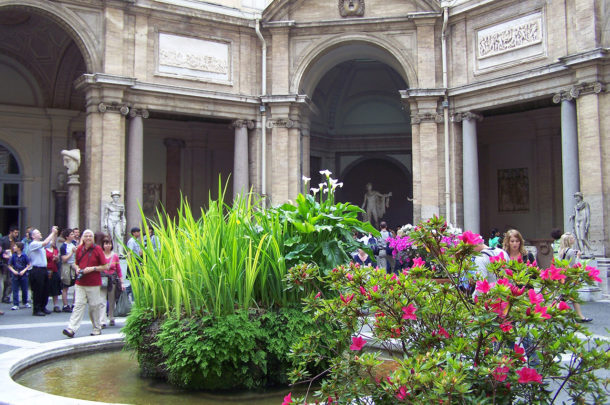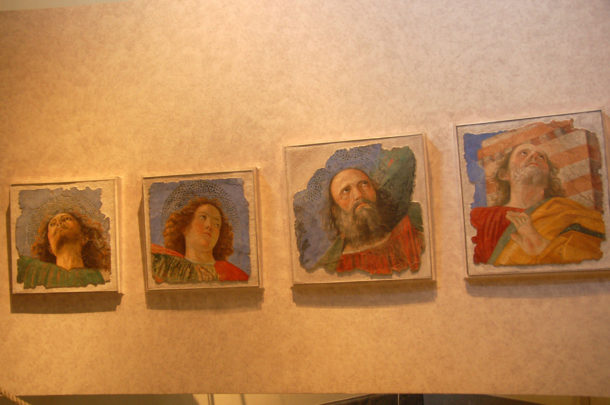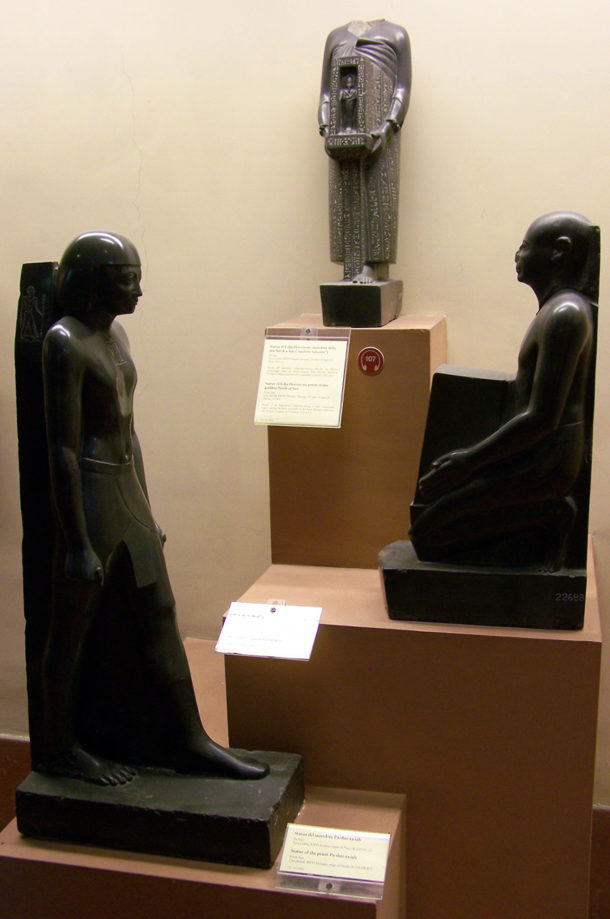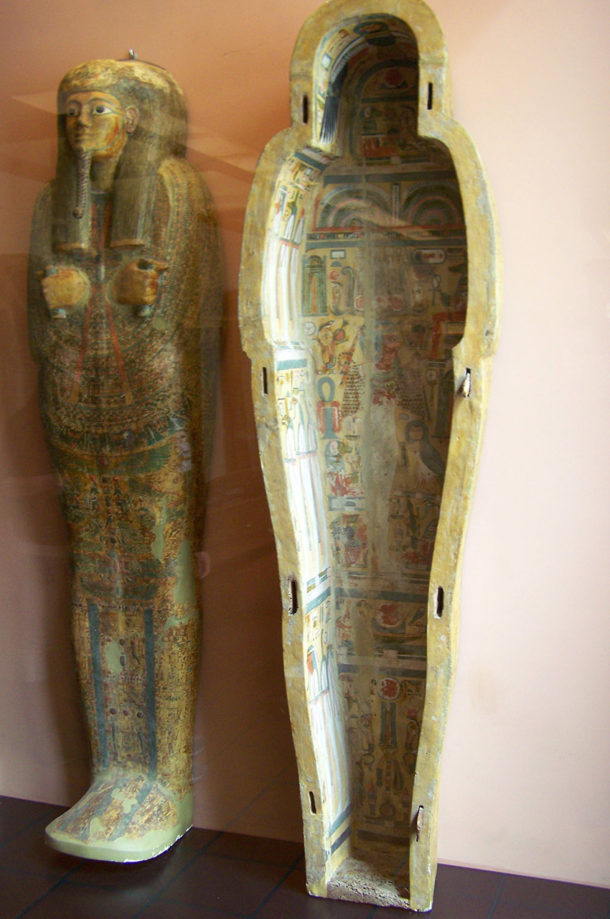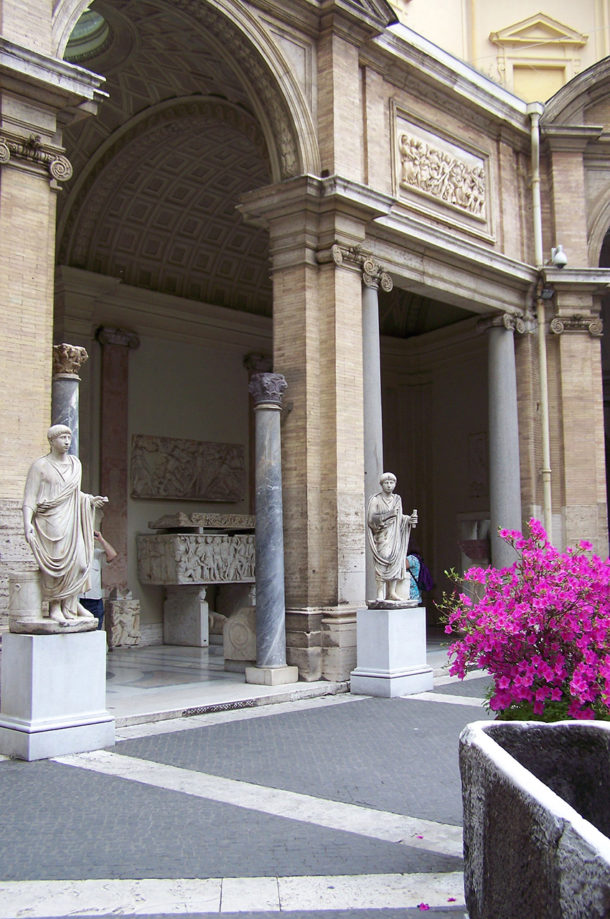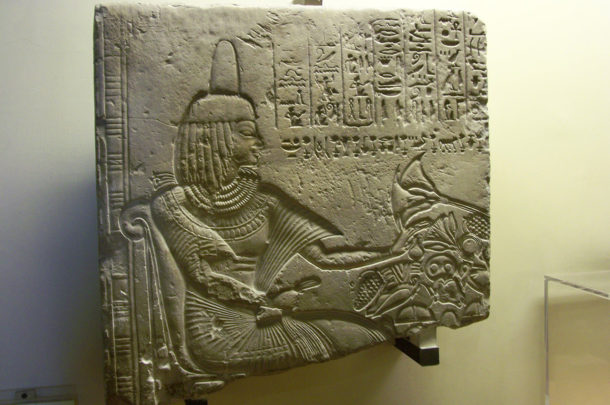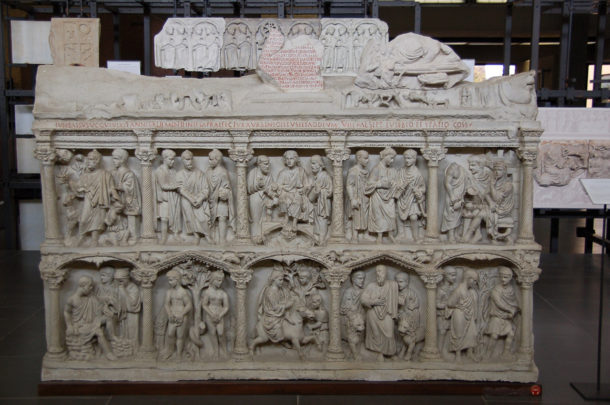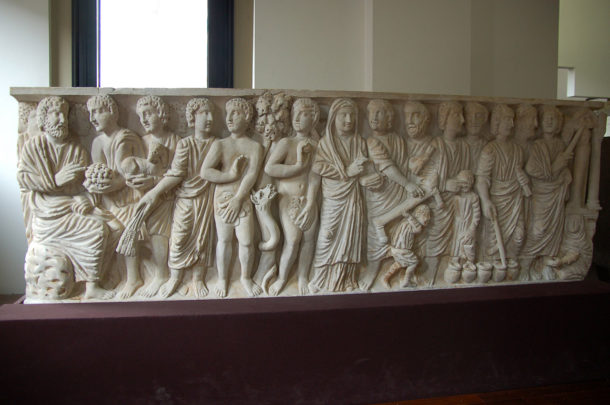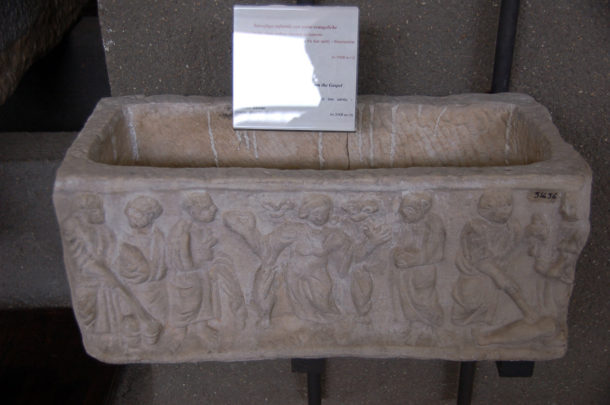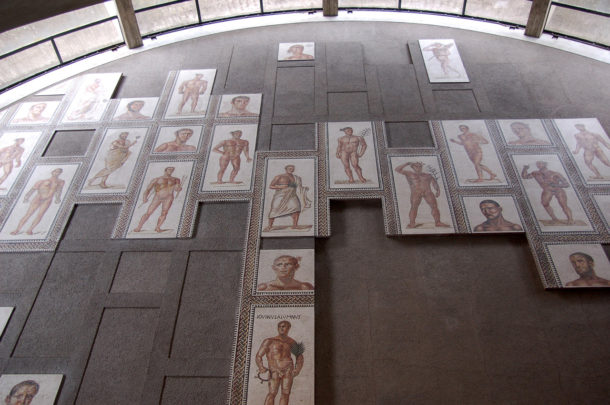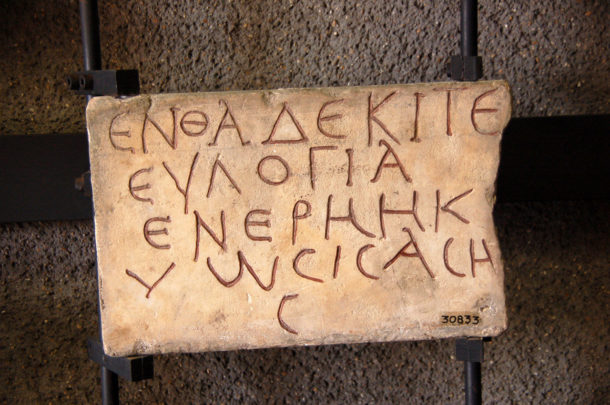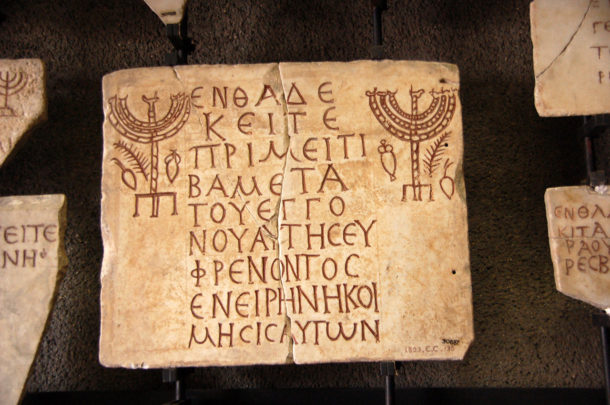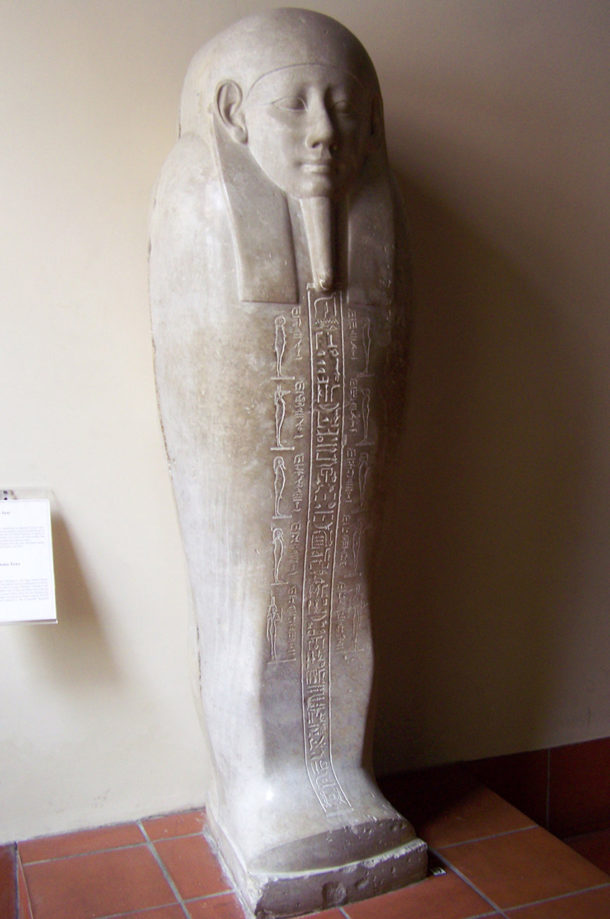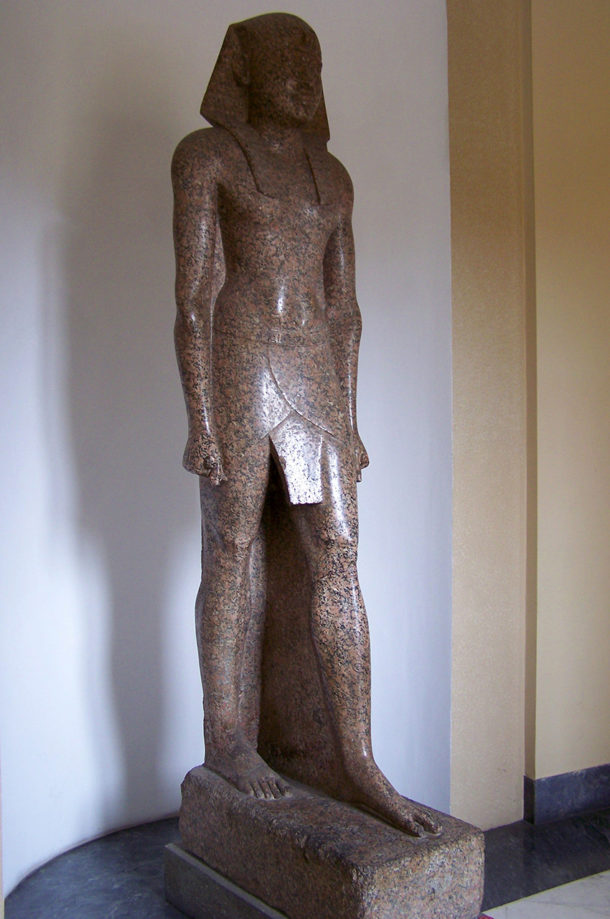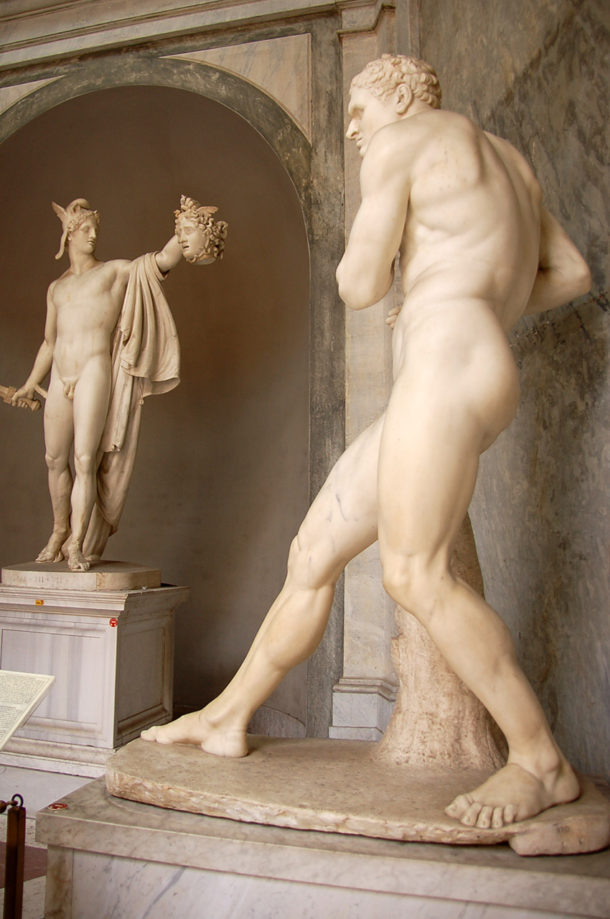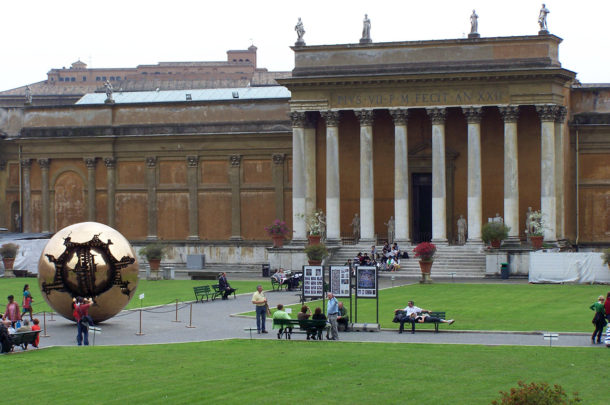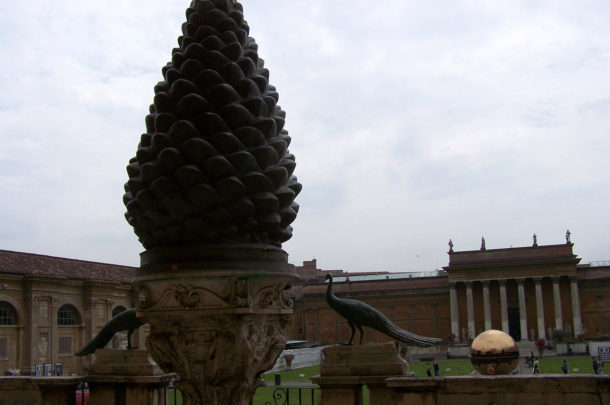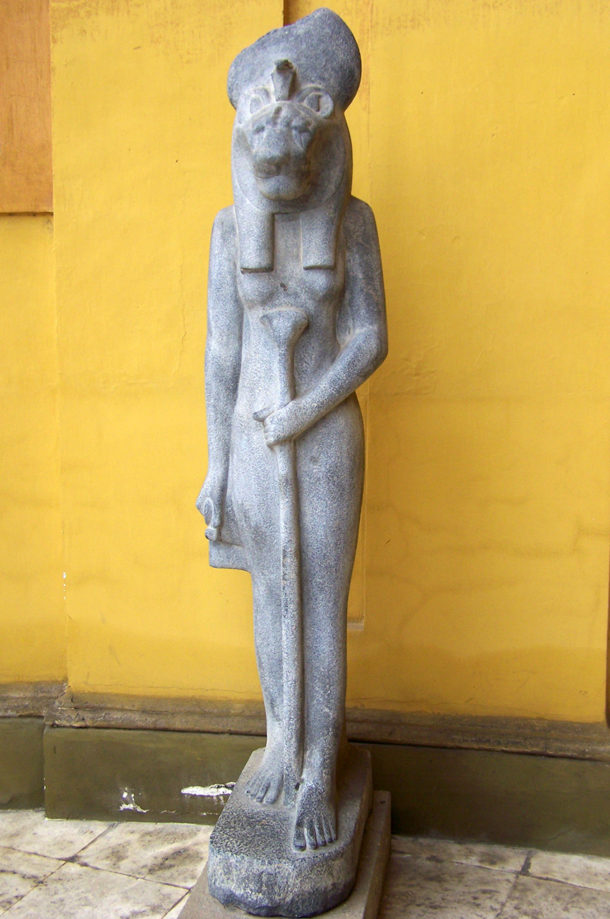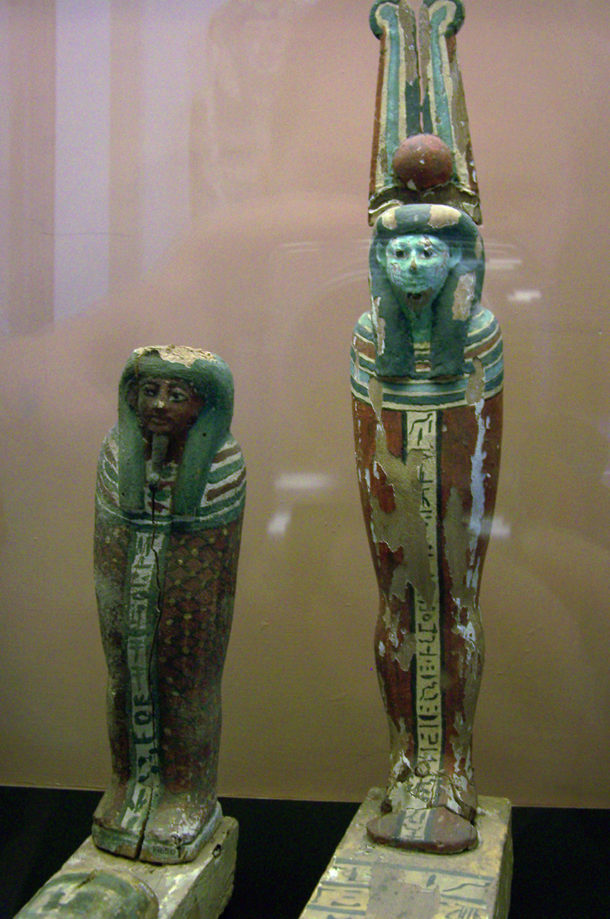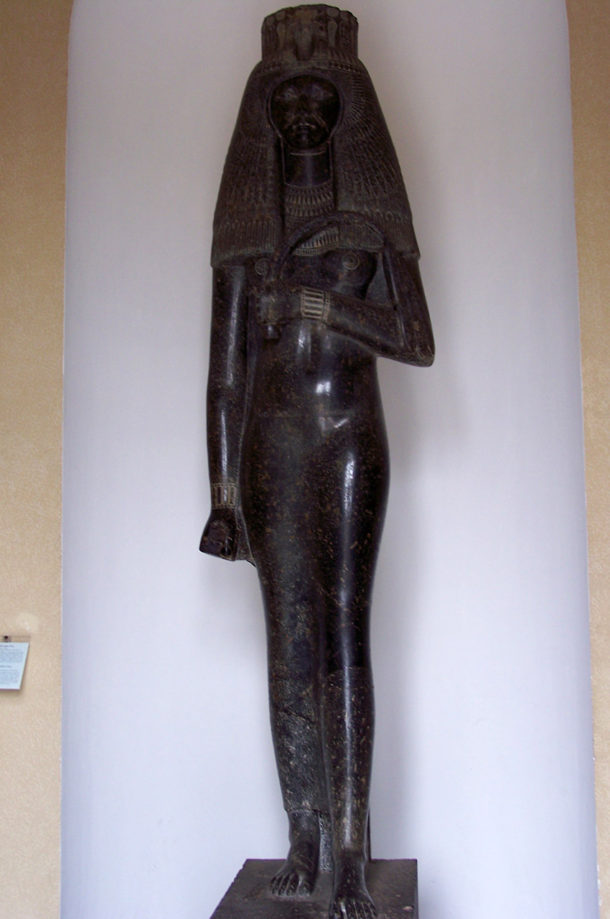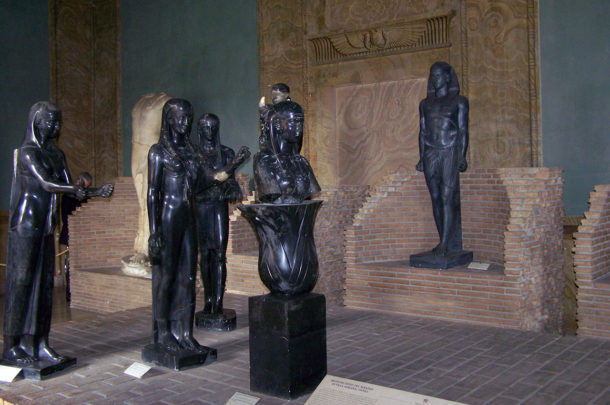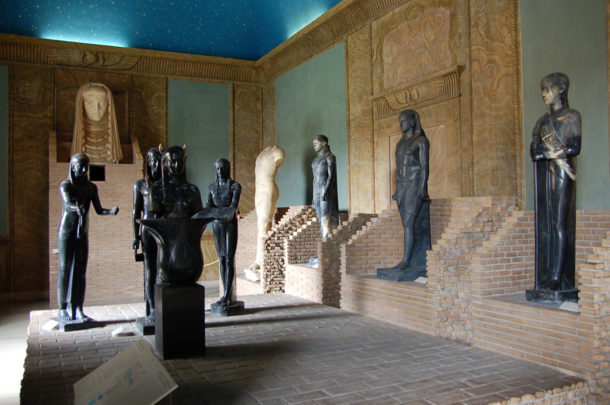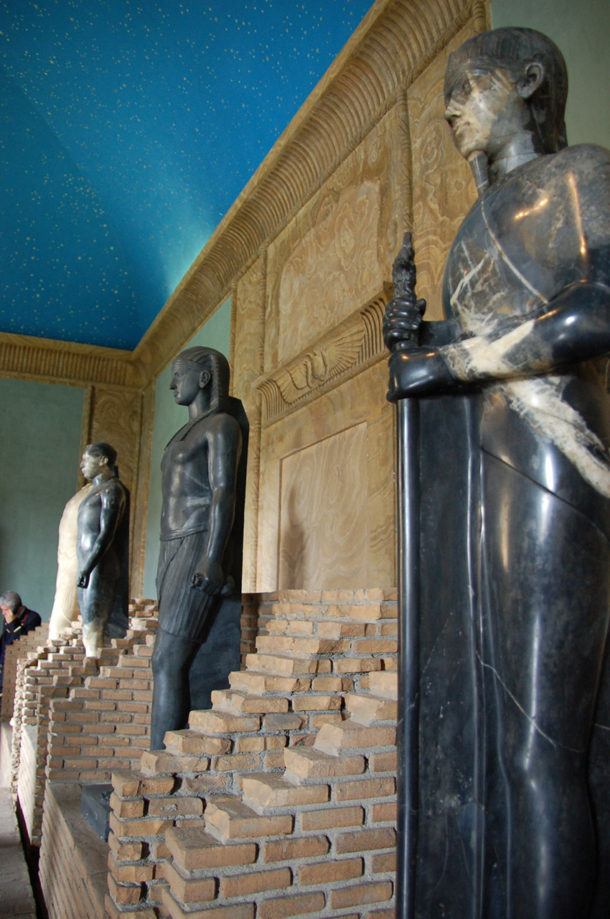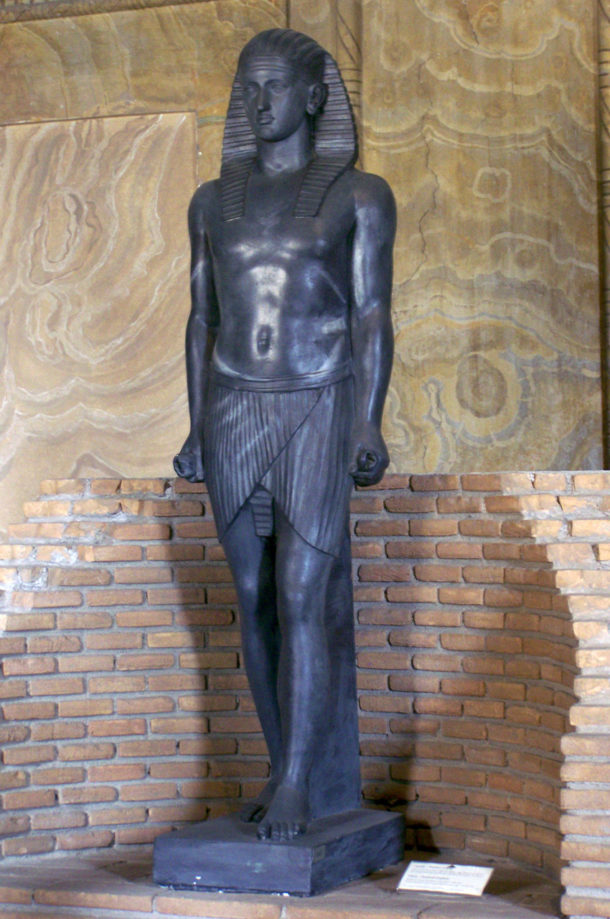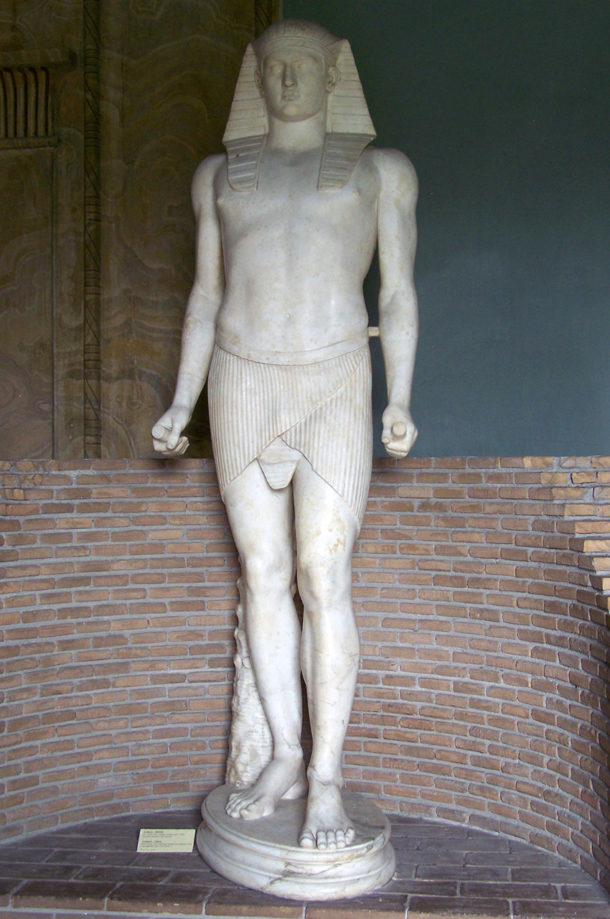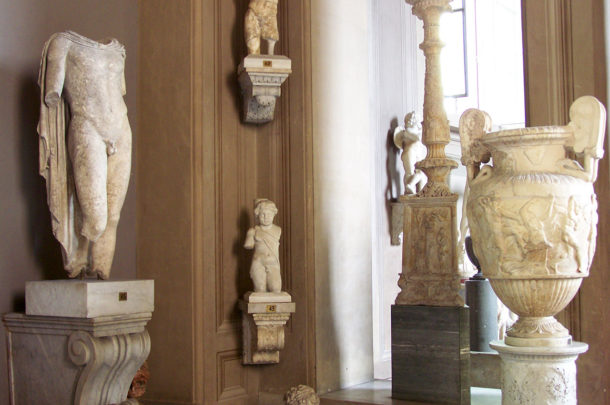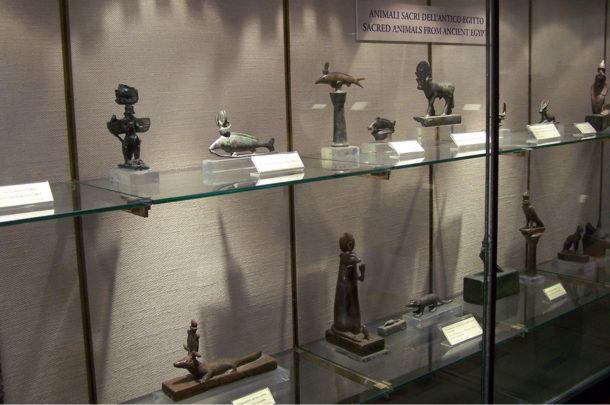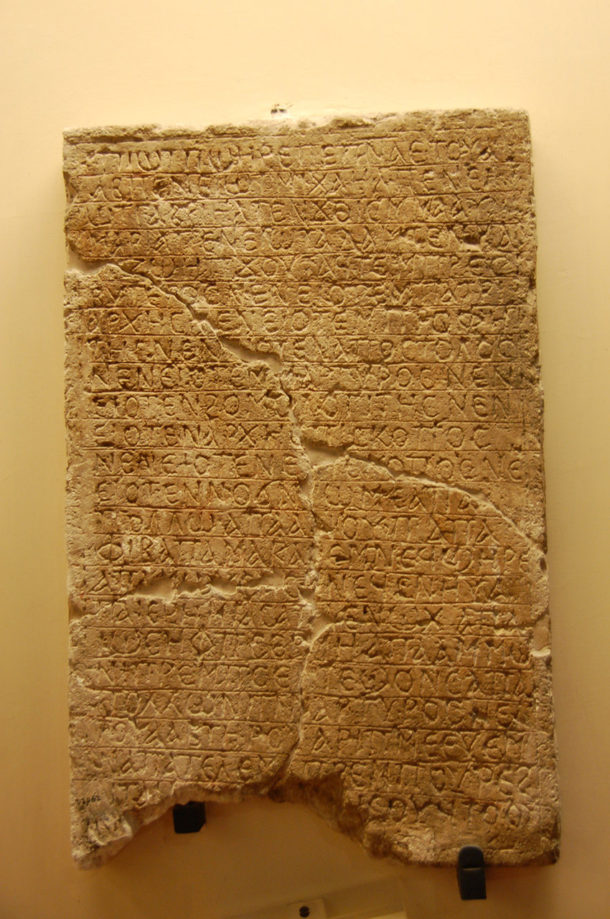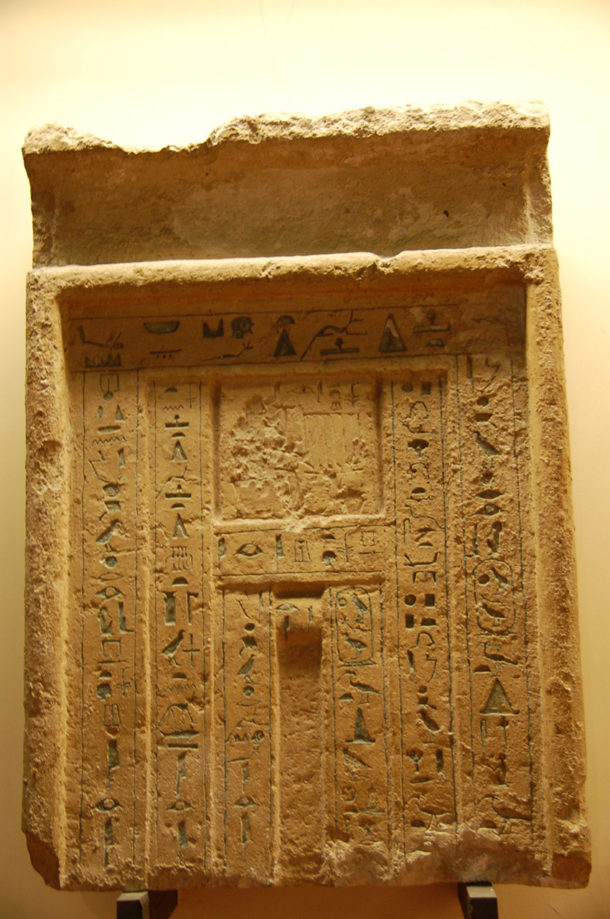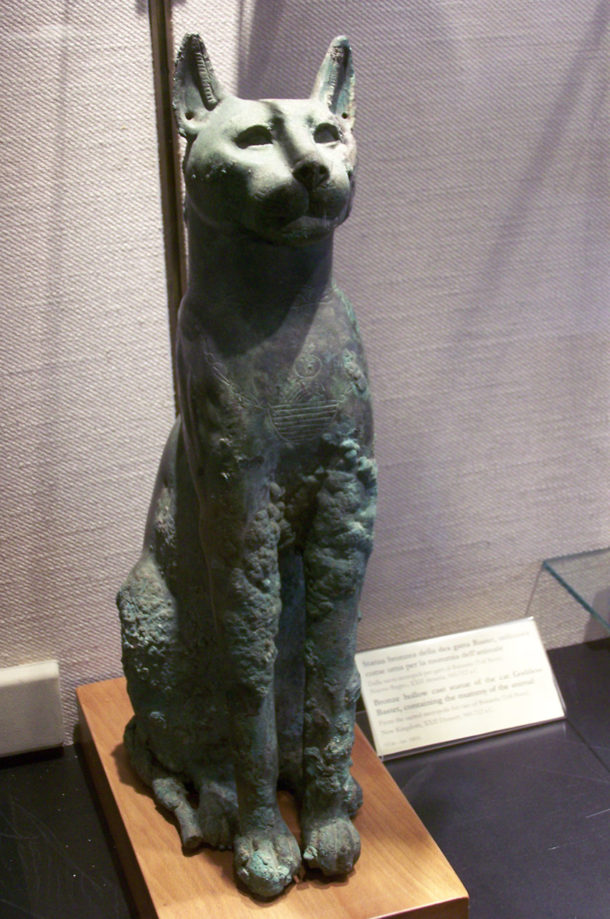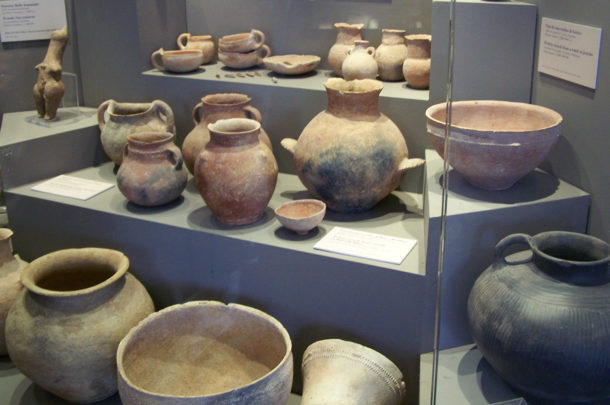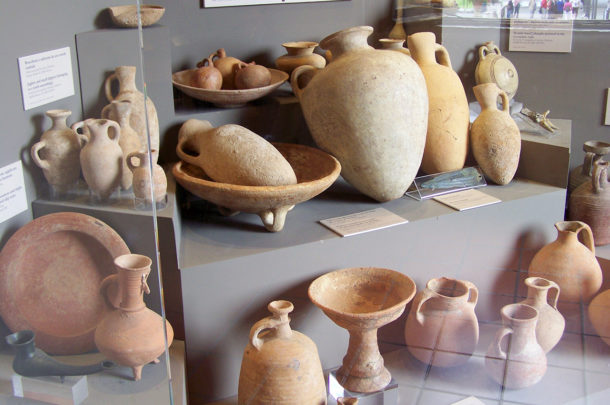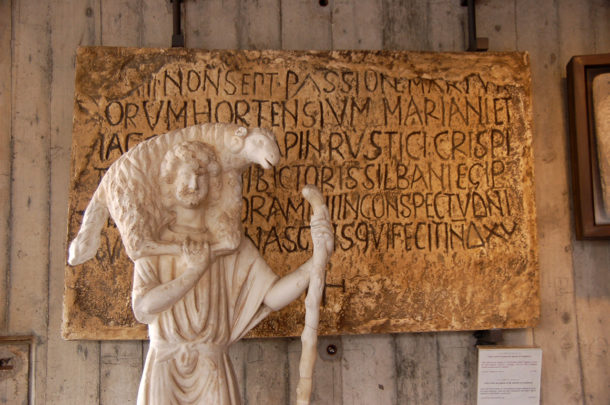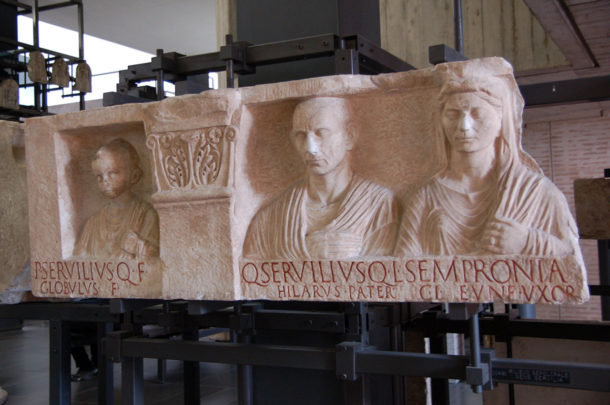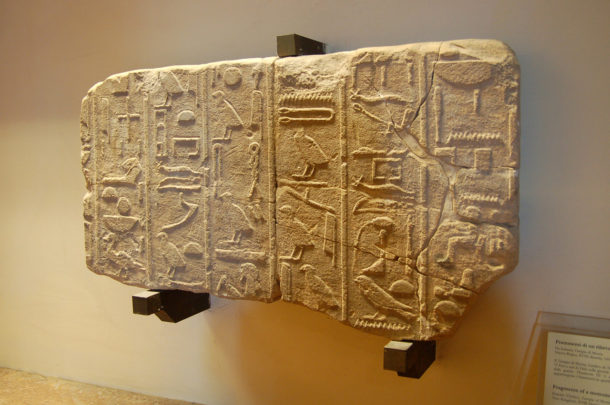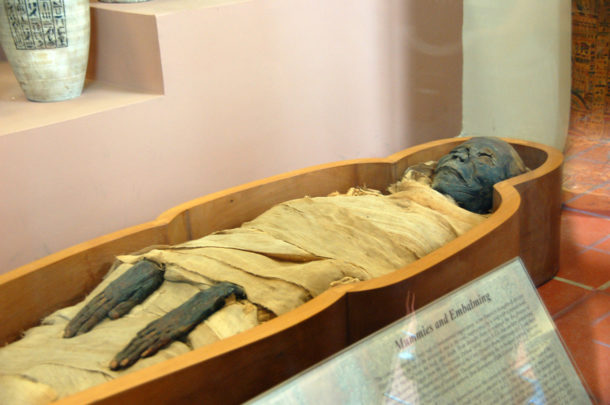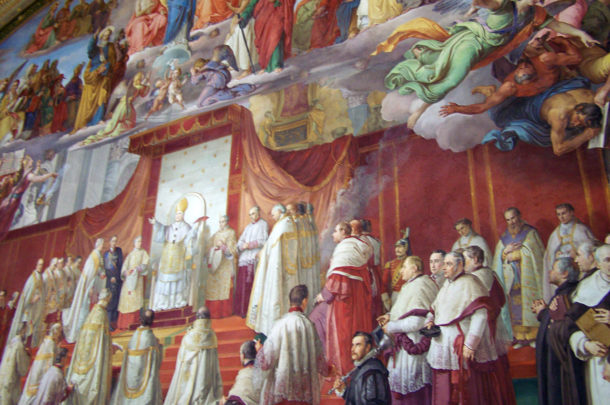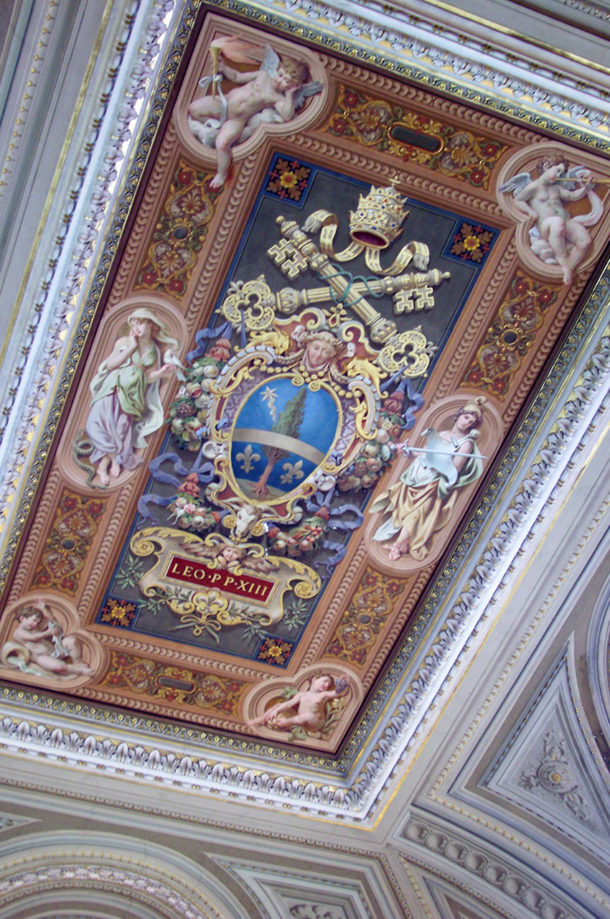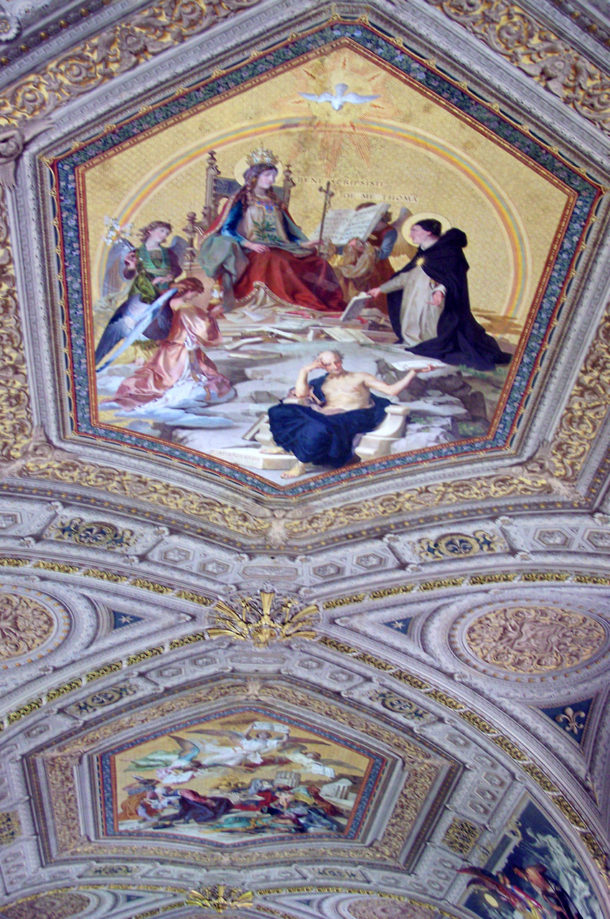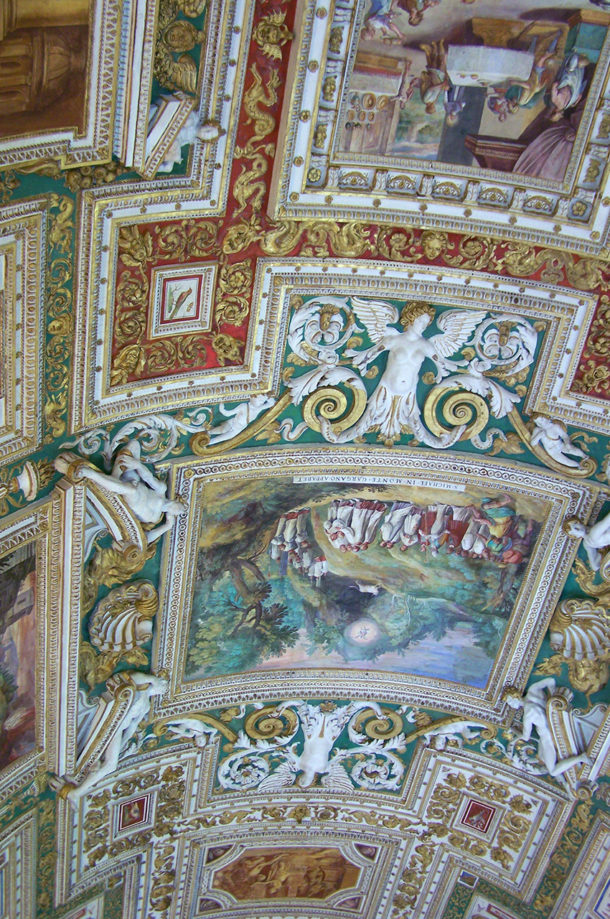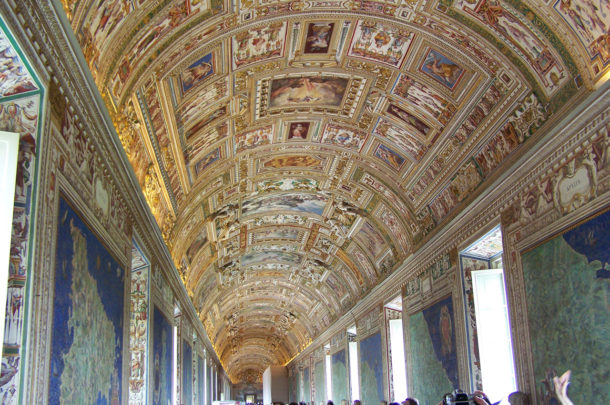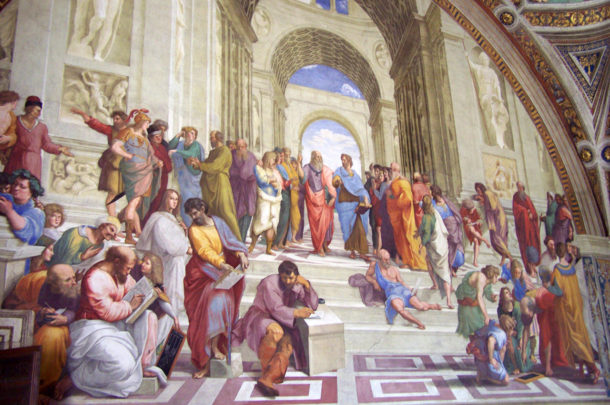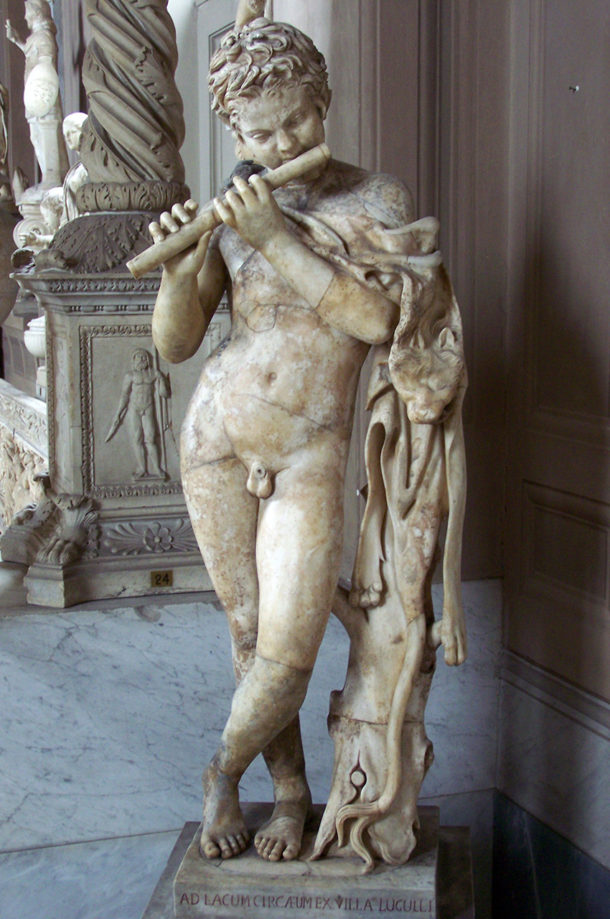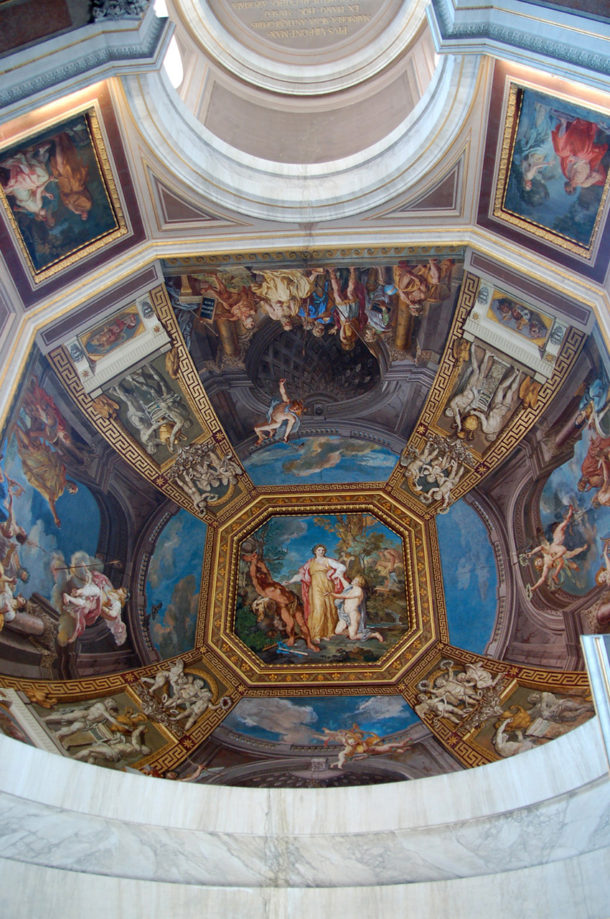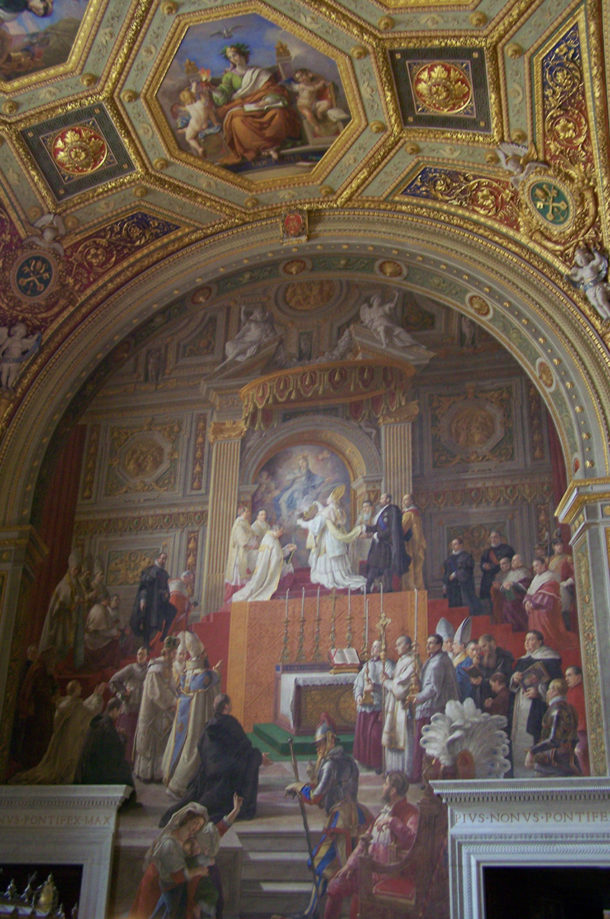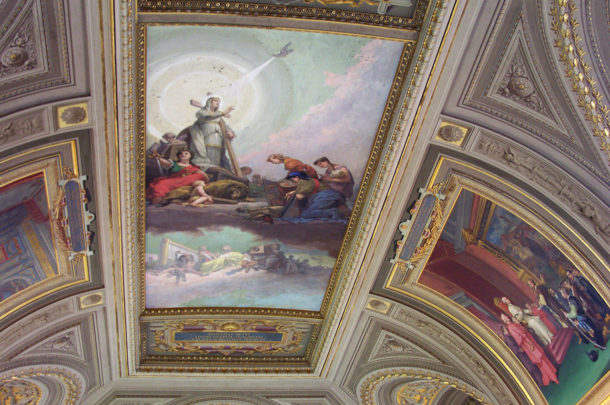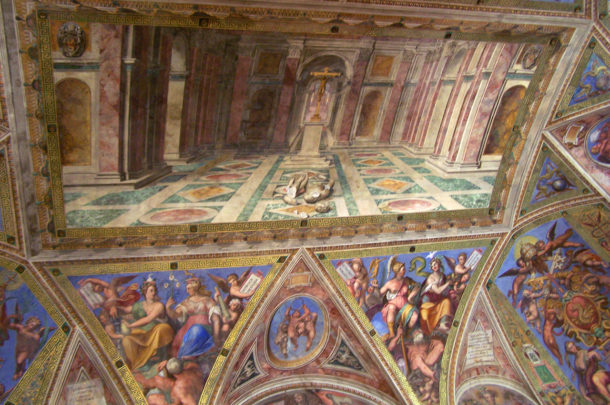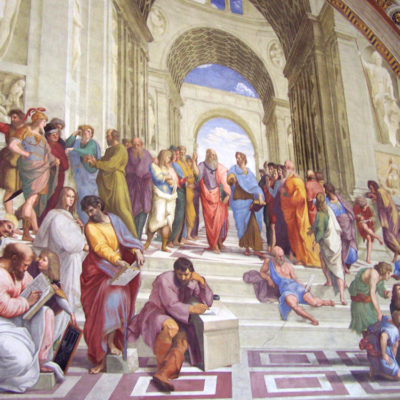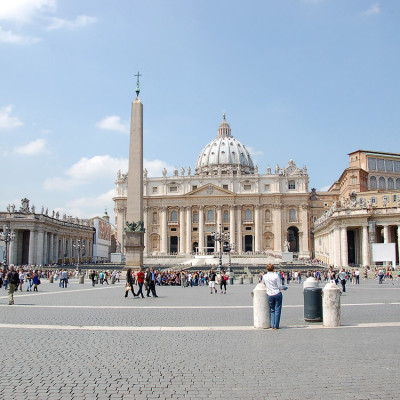
The Vatican Museums are considered among the most important museums in the world, and they hold masterpieces from the Egyptian era to the Renaissance. This exceptional collection was in fact built up over the centuries by the Popes, often patrons and collectors of art and antiquities. The different museums of the Vatican present an immense collection, do not expect to discover everything in one go. We advise you, for a first visit, to focus on the major works.
The Egyptian Museum contains stelae and inscriptions from different periods, sarcophagi and mummies, statues from Roman times, cuneiform tablets, seals from Mesopotamia, Assyrian bas-reliefs that come from Nineveh.
The Chiaramonti Museum takes its name from the household of its founder, Pope Pius VII Chiaramonti (1880-1823), who commissioned Canova to design it. The museum includes the Corridor, the Lapidary Gallery and the New Wing. In the Corridor, divided into 60 sections, you can admire an endless series of statues, busts, reliefs, etc., about 800 Greco-Roman works.
In the Pius Clementine Museum, the rooms of the Small Palace of Belvedere house Greek and Roman sculptures such as the Apollo of Belvedere (130-140 B.C.), the statue of Hermes (a Roman copy from the age of Adrian of a Greek original in bronze from the IVth century B.C.), etc.
The Gregorian-Etruscan Museum houses the works that come from excavations in the territory of southern Etruria. It has been enriched by several purchases and donations and has become one of the most important collections for Etruscan art.
The Hall of the Candelabras was a lodge that, in the time of Pius VI, was separated with arcades supported by columns and pillars, and in correspondence of each one, the candelabras were placed, hence the name of the Gallery. The Gallery of Tapestries, on the other hand, was decorated under Pius VI, and takes its name from the magnificent tapestries on display.
The famous Geographic Map Gallery consists of numerous maps painted on the walls in 40 frames, each dedicated to a region, island or territory of Italy.
Raphael’s Rooms formed, together with the Hall of the Clairsom, the Old Hall of the Swiss, the cubiculum with the small stove, the Nicoline Chapel and the Lodge, the new residence of Julius II on the second floor of the Palace. Arranged in series and communicating with each other, the four rooms were built in the time of Nicholas V (1447-1455).
The Sistine Chapel is, rightly, one of the most famous places in the world: it is the space where the Conclave is celebrated for the election of Popes and other solemn ceremonies. Built between 1477 and 1480, it takes its name from Pope Sixtus IV who commissioned it. It is a large rectangular room, covered by a vault, divided in two by a marble transom built, together with the tribune of the singers, by Mino da Fiesole and other artists. The most famous work in this beautiful chapel is undoubtedly that of Michelangelo, commissioned by Julius II in 1508, to decorate the vault: it represents humanity waiting for the coming of the Messiah. 20 years later, Michelangelo returned to the Sistine at the behest of Paul III (1534-1549) to paint on the wall behind the altar, the no less famous Final Judgment.
There are many other works to discover in these museums of immense wealth, but often crowded. Opt for the special tickets on sale on the Vatican Museums website.
The visit to the Vatican Museums was made on April 26, 2010.
Click on the picture to enlarge it and discover its caption.
